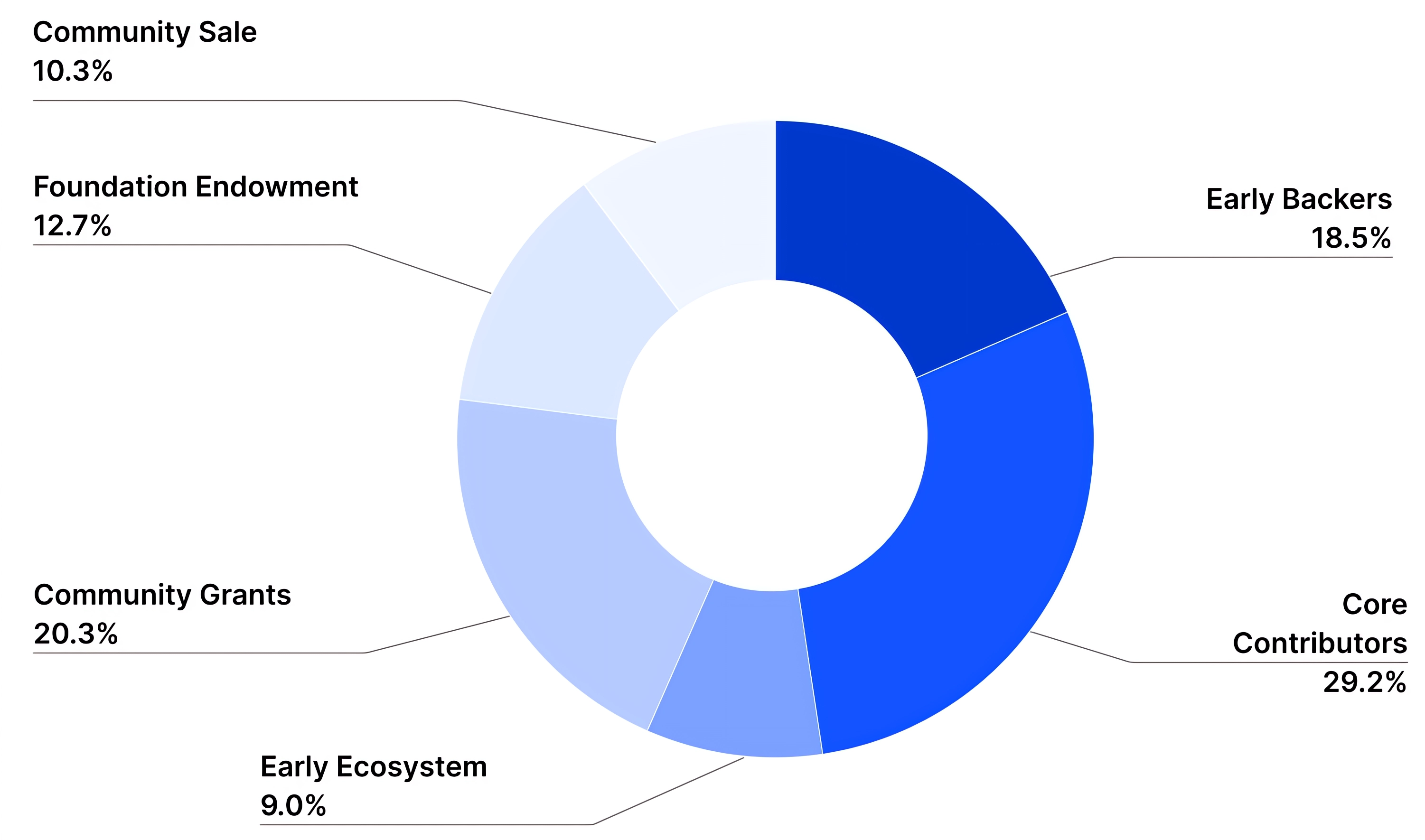The CFG Token
CFG is the native token of Centrifuge, facilitating an onchain governance system that empowers CFG holders to steer Centrifuge’s evolution without reliance on a centralized third party. CFG is also used to pay for transactions on Centrifuge Chain. All changes to the Centrifuge protocol or the CFG token model described here go through governance proposals and need to be implemented by CFG token holders.
Governance
CFG tokens are utilized for the ability to participate in technical governance in proportion to their stake in the protocol by voting to upgrade the chain runtime code. CFG holders participate in governance through an onchain voting mechanism on proposals: runtime upgrade proposals are voted on by the token holders. Approved proposals are enacted programmatically onchain.
CFG on Ethereum
Centrifuge can be bridged 1:1 to Ethereum, where it can be used with decentralized applications. See here for information on bridging CFG between Ethereum and Centrifuge Chain.
Centrifuge on Ethereum is an ERC20 token. You can find the token contract for CFG on Ethereum here.
Tokenomics, block explorer, and token supply endpoints
You can find the block explorer for the CFG token here, to see accounts, transactions, and statistics about CFG and Centrifuge Chain.
For platforms that wish to track the circulating supply and total supply of CFG, use these endpoints:
Circulating supply: https://europe-west3-peak-vista-185616.cloudfunctions.net/centrifuge-circulating-supply
Total supply: https://europe-west3-peak-vista-185616.cloudfunctions.net/centrifuge-total-issuance
CFG Token Distribution
Initial Distribution
The initial CFG Generation Event was executed by the Centrifuge Network Foundation. The initial distribution created 400,000,000 CFG, which was distributed to the Foundation and initial contributors, including; the core team, investors, and validators. Since genesis, additional tokens have been minted as rewards for chain security and to incentivize adoption. This wide token distribution is core to the decentralization of Centrifuge.
A snapshot of CFG Distribution shortly after genesis, at a supply of 425M:

Token Lockups
Token lockups help to align incentives of the token holder to the long-term growth of the Centrifuge ecosystem.
Most CFG tokens have long-term lockups at their distribution. Core team members have 48 month lockups when they join, with a 12-month cliff. Generally CFG sales are also subject to long-term lockups. Rewards may also be subject to lockups.